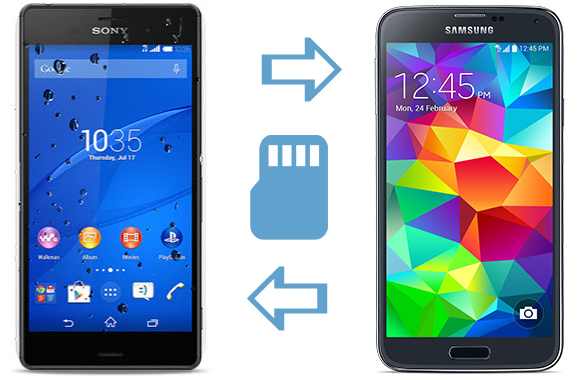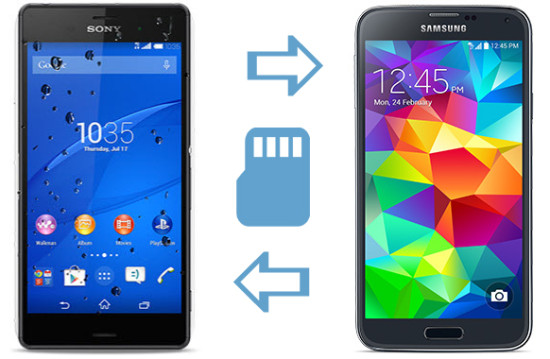A micro SD card is a valuable tool which can boost the storage capacity of your Android smartphone or tablet for containing all those apps, games and photo memories. Dependant on your make and model this can offer from 16GB up to 128GB of additional storage on gadgets like the Sony Xperia Z3 and Samsung Galaxy S5.
Quite often a card is not supplied with a new device so you will need to buy one or reuse the SD card from your previous device. If you’re upgrading phones or switching to another phone and have popped in the card, you may find it will be recognised and an icon will appear at the top of the screen. But search as you might, you can’t find all of your apps or files. This is probably because you haven’t mounted the SD card.
Here’s how to do it –
If you haven’t already, you’ll need to put the micro SD card into the device. How this is done varies on the device. Some just pop in a side port and on others you will need to remove the battery cover to find the SD slot. Refer to your gadget’s user guide to locate the SD location and pop in the card.
If you have the device turned on the SD card symbol should appear at the top of the screen when the storage is recognised. Once this appears go to your Home screen or Apps list and select Settings.
Scroll down the left hand column until you find Storage and tap to select.
The right hand column should fill up with information about where your device’s internal storage is being allocated. Scroll down below this and there are some SD card details and options.
Select Mount SD Card.
(If you’d rather wipe the data from the SD card and start over, you can choose to Format SD Card).
Once the SD card is mounted, go check your galleries and all your photos and videos should be ready to use and all your software will be in the apps list.
If at any point you want to remove the SD storage and put it into a different device follow the above steps and select Unmount SD Card.
*This advice can be applied to those moving a micro SD card from a Windows Phone to Android device but be aware that some file formats may not be supported across all mobile operating systems.*
If you’ve found this article helpful you may be interested in our Gadget Helpline support service which offers over the phone technical advice on a wide range of products. Please check our the Join Our Club section for more information!

